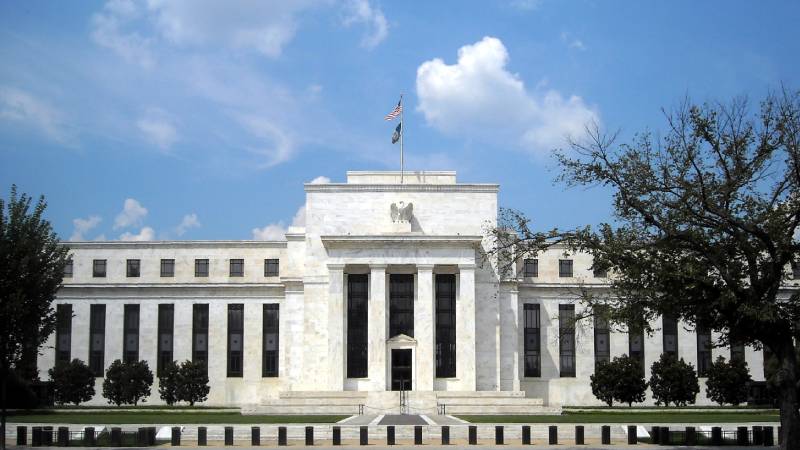Fed decision may signal an end to rate cut cycle
The US Federal Reserve’s decision to cut interest rates on Wednesday means the economy’s rate cut cycle is likely now over, creating a stable environment for defensive investments such as bonds and infrastructure, according to a number of fund managers.
Commenting on the rate cut decision, Fidelity International portfolio manager Tim Foster said with the US central bank having relaxed its comments around monetary policy expansion continuing, markets were not pricing in any further cuts for the medium term.
“This week’s Fed meeting came hotly anticipated by investors, less for actual rate decision which was priced in, but more for any clues on the future path of rates,” Mr Foster said.
“The section [of its statement] on future action was largely removed, in particular the commitment that the Fed ‘will act as appropriate to sustain the expansion’, suggesting that the [monetary policy] committee could be done with further cuts for now.”
Western Asset Management deputy chief investment officer Michael Buchanan agreed that rates were likely to remain stable in the near future as the central bank focused on attaining higher inflation in the US economy.
“A Fed that remains singularly focused on an inflation target of 2 per cent or higher, which appears unattainable any time soon, means that rates will be pinned around these levels for the foreseeable future,” Mr Buchanan said.
“This, combined with the potential for a de-escalation in trade tensions between the US and China, sets up a very supportive backdrop for credit.”
However, RARE Infrastructure co-founder and senior portfolio manager Nick Langley said the implications of the cuts for the global economy could not be ignored, meaning it was a good time for investors to position their portfolio defensively.
“Why are interest rates being cut around the world? Central banks are concerned about the health of economies,” Mr Langley said.
“Sensible investors will take heed of this and introduce defensive elements into portfolios. Regulated utilities are the ‘go-to’ solution here — these companies generate regulated returns off physical assets regardless of the prevailing economic conditions.”








